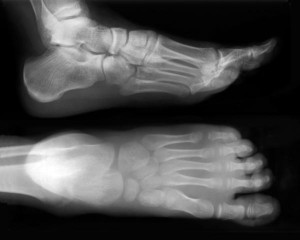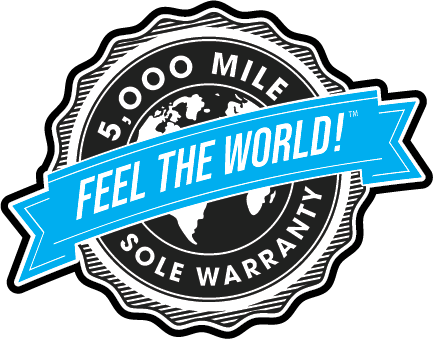Will Vibram Five Fingers or Running Barefoot Injure You?
From the “Here we go again” department of the barefoot running world:
About once every 2 months, some major news publication chimes in with one of these two stories: “Barefoot Running is GREAT for you” or “Barefoot running is BAD for you.”
The latest is of the latter variety and comes with headlines like this one from the New York Times: Barefoot Running Can Cause Injuries, Too, and Runner’s World’s “Study: Vibram FiveFingers Lead To Greater Risk of Foot Bone Injury.!
What are these seemingly anti-barefoot articles talking about?
 A study done at Brigham Young University took 36 “experienced, recreational runners” and had 19 of them “gradually transition to Vibram FiveFinger running shoes over 10 weeks.”
A study done at Brigham Young University took 36 “experienced, recreational runners” and had 19 of them “gradually transition to Vibram FiveFinger running shoes over 10 weeks.”
After 10 weeks, 10 of the 19 had increases in “bone marrow edema.”
The researchers concluded that “Runners interested in transitioning to minimalist running shoes, such as Vibram FiveFingers should transition very slowly and gradually in order to avoid potential stress injury in the foot.”
Okay, let the picking apart begin.
Before I criticize the study, let me criticize the hyperbolic reporting about the study.
It’s as if any time someone suggests that barefoot running might be bad for you (we’ll come to whether the suggestion is valid in a moment), reporters jump on the story with a “Nah-nee nah-nee boo-boo, stick your head in doo-doo!” attitude.
Look at the NYT headline. “Barefoot Running Can Cause Injuries, Too.”
Why is this over-the-top? Well, I hate to point out the obvious, but this study did not examine barefoot running. It looked at some runners in Vibram FiveFingers.
VFFs are NOT barefoot. They may look like feet (gorilla feet, sure, but feet nonetheless), but the amount of padding and stiff rubber they have causes most runners to have a different gait pattern when they’re in VFFs versus when they are barefoot. Simply, things that hurt when barefoot (e.g. over striding or landing too stiffly) are often unnoticed when in VFFs.
The Runner’s World headline, while accurate (it is reporting the conclusion of the researchers), it’s a bit histrionic. That is, it almost implies agreement with the study. Had the reporter chosen to evaluate the study, rather than simply giving “just the facts, ma’am,” or brought in an opinion from someone who evaluated the study, the headline might have been very different with a less anti-barefoot flavor.
Now, don’t get me wrong. Even though I’m a true believer in barefoot running (and walking and hiking and camping and kayaking and almost everything else), I’m also scientifically minded. If there were a good study that showed, “Barefoot running will erase photos from your hard drive!” I’d be the first to tell you to get a backup drive and buy some shoes.
But this wasn’t a good study.
Let’s break down the “barefoot” running study this way at first to see why:
1) The researchers had the runners transition to VFFs by following a protocol from the Vibram website.
2) A significant portion of those runners developed bone edema over 10 weeks.
3) The researchers equated a certain amount of bone edema with injury
Based on this information, it’s just as reasonable to conclude that the VFF transition program is the cause of injury, not the VFFs themselves.
Next, if you poke around the podiatry and sports medicine world, you find another problem, namely, that there’s a debate about the meaning of bone edema. Does bone edema = injury? The jury is out.
So those two points alone should make you question what the study really shows.
One thing we know it shows is that a majority of the VFF wearers got bone edema. And let’s for now, assume that’s the same as getting injured.
In fact, let’s dig a little deeper to find out that 2 of the VFF wearers got actual stress fractures — definite injuries.
Why did the runners get injured?
Let’s dig even deeper and look at those stress fractures.
One was in the heel. How would you get that? Most likely by heel striking, a big no-no in the barefoot world and the common way to run in running shoes.
The other was in the 2nd metatarsal? How would you get that? By landing hard on that bone behind your 2nd toe. And how does one do that? In my experience, by thinking “I’m supposed to land on the ball of my foot” and reaching out with your foot to do so. In other words, by over striding… the second big barefoot no-no.
In other words, what this study may have really shown is that people who switch to VFFs who don’t change their running form, or who change it incorrectly, get injured.
But we have no way to know if that’s what happened because the researchers didn’t evaluate form. They didn’t check to see if form changed over time.
(BTW, the American Council on Exercise *did* look into that and found that most VFF runners do not change their form compared to how they ran in running shoes. Pete Larson took videos at the 2011 New York Barefoot Run and found the same thing — most VFF runners were still heel striking as if they were in regular running shoes. Again, my explanation is that the VFFs don’t give you enough feedback — admittedly, discomfort — to inspire the change.)
The important barefoot running message
Most of us in the barefoot world like to say, “It’s not the footwear, it’s the form… it’s just that some minimalist footwear helps you change your form better than others.”
What helps you change your form is feedback from the ground, the sensations you get when you run barefoot on a hard surface. In short, if it hurts, you’ll try something different so that it doesn’t, especially if you get a few tips about what to try (e.g. how to not overstride, how to not pull/push the ground, how to lift your feet off the ground rather than pushing).
As far as getting sensations goes, barefoot is best. Xero Shoes are a close second (it’s as if you’re totally barefoot, but someone threw a thin layer of flexible rubber on the ground).
Where are VFFs? Well, it depends on which ones you wear! Some have more padding (i.e. reduce ground feel) more than others. And in this study, we don’t know which ones the runners were wearing.
Let’s back up a bit to another odd fact from the study. The shod runners averaged 30 miles/week, but the VFF runners averaged 15-18 miles/week. That’s a BIG difference. And when you look at the transition plan, following the plan doesn’t account for running half the mileage of your shoe wearing compatriots.
Dr. Ridge guessed that the runners cut their mileage “because their feet hurt” but there’s no indication that they ever reported pain, and since 9 out of 9 runners had no edema, they should have been still running their usual 30/week mileage, which would mean the 10 “injured” runners must have cut their mileage to about ZERO to get an average of 15-18.
I suspect that the “random assignment” of people into the VFF group accidentally put the less skillful and accomplished runners into VFFs. I don’t know for sure, because I don’t see any stats on the pre-study mileage of each runner compared to the in-study mileage, let alone how the mileage changed for the “bone edema runners” vs. the “non-edema runners.”
Finally, let’s look at the conclusion the researchers came to:
Runners interested in transitioning to barefoot running shoes, such as Vibram FiveFingers should transition very slowly and gradually in order to avoid potential stress injury in the foot.
Uh… how did they come to that conclusion?
They didn’t compare runners who transitioned in 4 weeks, 8 weeks, 10 weeks, or 10 years. For all we know, transitioning more slowly could be WORSE for you. Their suggestion might be as useless as, “If you want to avoid the frustration of learning Spanish, transition slowly and learn one new word per week.”
In other words, they have no basis to make that conclusion.
The transition to barefoot running that I recommend starts with MUCH less distance than the VFF plan… but with more frequency (a little bit, more often). And it increases distance and frequency based on your unique experience, not some arbitrary schedule.
Once again, I’m left with the hope for more, and more nuanced and well-designed, barefoot running studies. And, even more, for more and more nuanced reporting about barefoot running (or, in this case, minimalist running).
The content of this post does not constitute and is not intended to be a substitute for professional medical advice, diagnosis or treatment. Always seek the advice of a physician or other qualified health provider with any questions or concerns you may have about your health or a medical condition.






